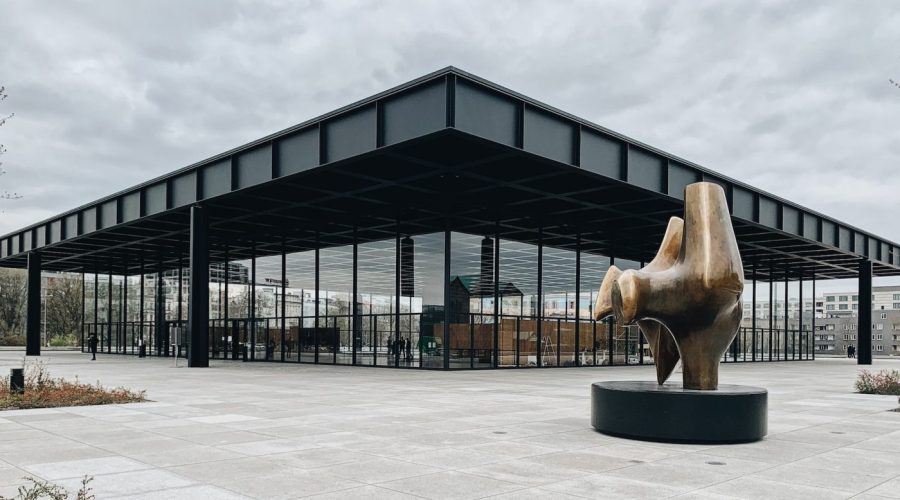Where Were Concentration Camps Located in Berlin?
History shows concentration camps as harrowing locations mostly during the events of World War II. The major concentration camps existed in Berlin as part of the German landscape during World War II. This article investigates the exact geographical places where concentration camps existed inside Berlin. Let’s dive in!
Ravensbrück Concentration Camp
The largest female-exclusive concentration camp of Nazi times existed at Ravensbrück which operated in Fürstenberg/Havel town near Berlin at about 90 kilometers distance. The institution functioned between 1939 and 1945 to detain more than 130,000 female and child inmates who came from worldwide nations.
Sachsenhausen Concentration Camp
Sachsenhausen concentration camp exists in Oranienburg which stands nearby to Berlin. During its operations from 1936 to 1945 the Nazi camp established a system that other detention centers would later emulate. The principal function of Sachsenhausen consisted in detaining political adversaries yet it also held Jews and homosexual persons along with oppressed minority groups selected by the regime.
Subcamps in Berlin
The concentration camp infrastructure inside Berlin came with additional satellite camps working as components of the overall camp system. The city featured multiple smaller satellite camps referred to as subcamps throughout its different locations. Below are some notable subcamps:
Rummelsburg Subcamp
The Rummelsburg subcamp operated from its location at the eastern Berlin section near Rummelsburg Lake. Workers from this labor camp had to labor in production facilities and construction operations throughout the complex.
Schöneweide Subcamp
The location of Schöneweide subcamp focused on the southeastern territory of Berlin. The subcamp primarily contained prisoners who worked at the Siemens factory where they produced weapons for Nazi war production.
Tempelhof Airport Subcamp
The international airport Tempelhof functions today as a famous landmark while operating as a sub-camp of the concentration camp during Nazi times. During their imprisonment the prisoners spent their time performing repairs on military aircraft and loading materials for German army operations.
Memorials and Documentation Centers
Many of these former concentration camps now carry memorials and documentary facilities which make certain the memories of this terrible history persist forever. The memorial sites maintain the memories of past crimes while teaching visitors about the historic events they witnessed.
Ravensbrück Memorial
Visitors can see the Ravensbrück Memorial established at the former Nazi camp location while it provides educational experiences and memorial functions. The historical exhibits present historical facts about the lives of women and children who suffered confinement at this site.
Sachsenhausen Memorial and Museum
Historical grounds at Sachsenhausen house the Sachsenhausen Memorial and Museum as it occupies the former site of the concentration camp. The remaining structures at this site include guard towers alongside exhibits which display prisoner life stories to help visitors understand their experiences.
Topography of Terror
The Berlin-based Topography of Terror documentation center presents complete documentation about Nazi regime crimes without operating as a concentration camp facility. The establishment provides detailed information about concentration camps alongside all Nazi-perpetrated violent actions.
Final Thoughts
Visiting the sites where concentration camps used to exist in Berlin creates an opportunity to encounter historical tragedies while appreciating the memory of all victims. Observation of these sites lets us learn about historical atrocities which enables us to prevent their recurrence so we establish an inclusive society that rejects intolerance.
Table of Contents



